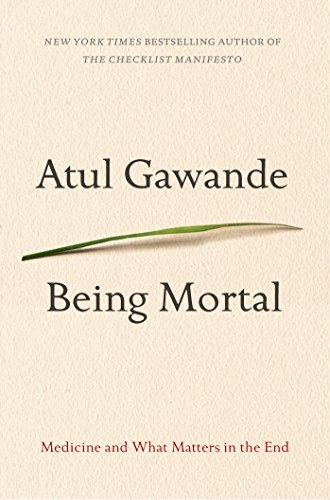Incurable condition
A blade of grass—a biblical symbol of life’s fragility—reaches across the book jacket just above the title, which itself reminds us that we are bound to die. The introduction plunges us into a world of suffering and terminal illness. Chapter titles like “Things Fall Apart” and “Letting Go” refuse to sugarcoat the topic. “There’s no escaping the tragedy of life, which is that we are all aging from the day we are born,” Atul Gawande intones. Being Mortal is not a cheery book. It will not appeal to those who want to believe that every problem has a solution.
And yet when the book was released last October, it became an instant best seller. By the end of the year it was on many people’s list of the best books of 2014, and Gawande—cancer surgeon, Harvard Medical School professor, and New Yorker staff writer—had appeared on The Daily Show, PBS’s Frontline, and Charlie Rose. I have told my daughters that before I make them agents on my health care power of attorney, they must read this book.
Being Mortal is about death. It is about our misguided approach to end-of-life care that causes unnecessary misery. It is about changes we must make in the way we treat and the way we think. Above all, it is about the need for relentless honesty, especially when we are afraid.






